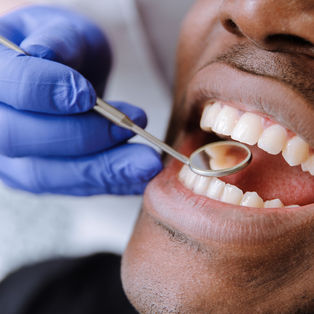top of page
Blog Posts
All Posts
The Parkinson's Center YMCA Registration is Open!
The Parkinson’s Center YMCA will serve as a welcoming, supportive hub for individuals living with Parkinson’s disease and other movement disorders — and for the families who walk alongside them. Our wellness-focused, evidence-based offerings promote strength, mobility, and connection through group exercise classes and activities, Personal Training (Fee-based), Educational Lunch & Learn Sessions, Support Groups for Members & Caregivers, and Free Memberships for Participan
Stephanie Soto
Oct 171 min read


The last day to register for the Gala is Friday, October 24th!
Dear Friends, If you have not done so already, the last day to register for the Hope Soars Gala to benefit the Hope Soars Fund for Parkinson’s Research at the Albany Medical Center and Help for Parkinson’s, an organization dedicated to helping those dealing with Parkinson’s live their best possible life, is Friday, 10-24-2025. The event will be held at the Colonie Golf and Country Club on November 1st. Complimentary valet parking will be provided. This year's theme is “A bett
Stephanie Soto
Oct 151 min read


What Should I do if I am experiencing PD Symptoms?
Have you recently experienced tremors, smaller hand writing, trouble sleeping, masked facial expressions, constipations, changes in...
Stephanie Soto
Oct 92 min read


Have Scientists Found a Way to Prevent Constipation in PD?
A group of researchers from the University of Queensland looked at the different mechanisms in our spinal cord that allow us to voluntary...
Stephanie Soto
Sep 282 min read


Staying active in the hospital
A recent study looked at the effects of staying active when hospitalized if you have Parkinson's. Let's review what they found. The study...
Stephanie Soto
Sep 191 min read


Dental Tips
Dental hygiene is important for everyone. With motor changes like dyskinesia, rigidity, and tremors, keeping up with your dental hygiene...
Stephanie Soto
Sep 101 min read


bottom of page
